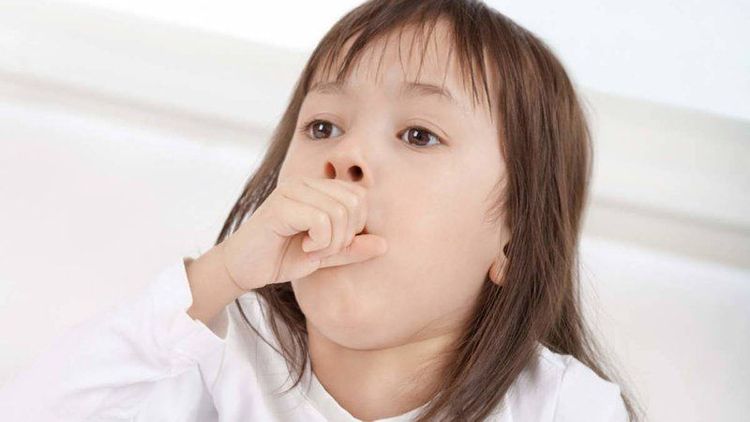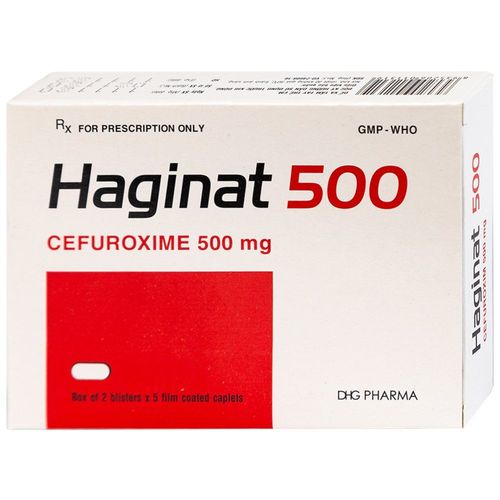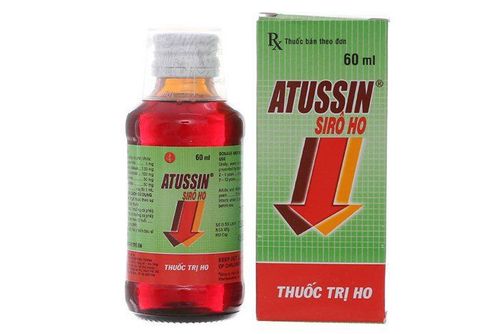This is an automatically translated article.
The article is professionally consulted by Master, Doctor Nguyen Huy Nhat - Respiratory Doctor - Department of Medical Examination & Internal Medicine - Vinmec Danang International General HospitalUpper respiratory tract infection in children is a very common disease, although the symptoms are usually mild, sometimes children can get better on their own without needing any specific treatment, because the disease is contagious. very high, children will be very susceptible to re-infection as well as dangerous progression when suffering from complications.
1. What is upper respiratory tract infection in children?
The respiratory tract is divided into two segments with different inflammatory pathophysiological features:Upper respiratory tract infections : Symptoms occur mainly in the nose and throat. The causative agent is mainly viruses, can occur at any age, and symptoms include the common cold and flu. Lower respiratory tract infections: Symptoms occur in the bronchi, trachea, and lung parenchyma. Viral lower respiratory tract infections are less common in children and are more likely to involve bacteria, including bronchiolitis, bronchitis, and pneumonia. Accordingly, the inflammation of the upper respiratory tract in children, commonly known as the common cold, occurs in organs that serve as the entrance to the airways such as the nose, throat, ears and sinuses. in young children. Most children are susceptible to 5-8 colds per year. Children will tend to have it more often in the winter.

2. What are the symptoms of upper respiratory tract infection in children?
Symptoms suggestive of upper respiratory tract infection in children are most likely to occur within the first 3-5 days, including:Runny or stuffy nose Sneezing Dry cough or cough with phlegm Pain throat or hoarseness Red eyes, watery eyes and eye pain Fatigue or fussiness Chills feeling High fever Continuous fever difficult to reduce fever Headache, body aches Because these symptoms will make the child uncomfortable, less flexible, little play, limited running and jumping as well as poor suckling or aborting. If the child is accompanied by symptoms of nausea, vomiting, diarrhea along with high fever, the child will be more dehydrated, exhibiting rapid weight loss, dry lips, sunken eyes, wrinkled skin, crying without tears. If dehydration occurs with seriousness, parents do not detect it in time, the body's internal metabolism will quickly be disturbed, children are susceptible to respiratory complications, which can be life-threatening.
3. Is upper respiratory tract infection in children contagious?
The cause of upper respiratory tract infections in children is usually a virus. There are many different types of viruses. However, the common feature of viral strains causing respiratory diseases is the ability to spread very strongly. The virus can be passed from one child to another when a child coughs, sneezes, or comes into close contact. Moreover, the virus can survive and continue the pathogenic cycle when touching the surface of objects such as doorknobs, beds, tables and chairs and especially toys.
To prevent respiratory infections in children, parents need to:
Keep your child away from people who have a cold for the first 3 to 5 days. Viruses are most likely to spread during this time period. Avoid bringing children to public places or places where there are large gatherings of people. Wash your children's hands often and teach them how to wash their hands properly when they begin to be conscious. Teach children how to cover their nose and mouth when sneezing, coughing, and blowing their nose. Show your child how to cough and sneeze into his elbow instead of his palm. Always have personal tools for children such as cups, towels. Regularly clean toys and surfaces that children can touch with an antiseptic solution.
4. Is respiratory infection in children dangerous?
Respiratory tract infection in children is a treatable disease, but the recurrence rate is high and in some cases dangerous respiratory complications. When a child has any one of the following signs of respiratory infection, parents need to take the child to a doctor for timely examination and intervention, to prevent acute respiratory infection in children from serious complications. Danger:Fever too high to not be able to reduce fever Rapid breathing Seems to be short of breath, chest tightness and belly fluttering Nasal flaps Lips or fingernails showing signs of cyanosis Heart rate is beating faster than normal Fluffy skin Urinating little or no Urinating Constant crying Convulsions Lethargy, somnolence or lethargy In summary, although upper respiratory tract infections in children are quite common diseases in children with episodes of cold, fever, cough, and runny nose during the day. a few days and self-remission, but should not be subjective. Parents need to take care of children with respiratory infections, monitor and early detect danger signs of their children for timely intervention. In addition, pay attention to follow preventive ways to limit the spread and recurrence of the disease.
Please dial HOTLINE for more information or register for an appointment HERE. Download MyVinmec app to make appointments faster and to manage your bookings easily.














